What is Romanticism?
Romanticism was a movement that ’emphasized the individual, the subjective, the irrational, the imaginative, the personal, the spontaneous, the emotional, the visionary, and the transcendental’. Romantic works were a reaction to the Age of Enlightenment and the advancing Industrial Age, a time in which science and rationalization began to take firmer hold in the public consciousness. It was an international movement that swept Western Europe and Russia at the end of the 18th and beginning of the 19th centuries. It expanded to North America in the beginning of the 1830’s. Romantic literature challenged this new wave of ideas by glorifying stories rooted in emotion, nature, idealism, and the subjective experiences of common men and women. “Romanticism is precisely situated neither in choice of subject nor in exact truth, but in a way of feeling.” – Charles Baudelaire (1821-1867). Romantic artists were apt to make statements about anything (or nothing), dependent on how an individual artist felt about any given topic on any given day. Francisco de Goya’s work explored madness and oppression, while Caspar David Friedrich found endless inspiration in moonlight and fog. In the movement’s early years, these artists predominantly focused on landscape paintings, the will of the Romantic artist had the final say on the subject matter.
Romanticism in Art

Francisco de Goya 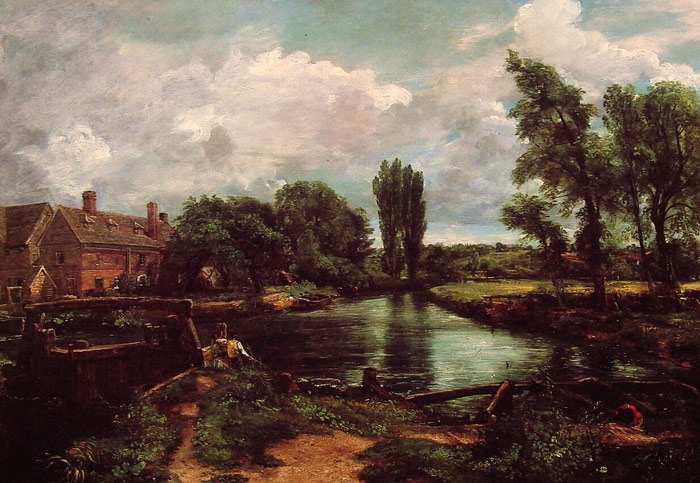
John Constable 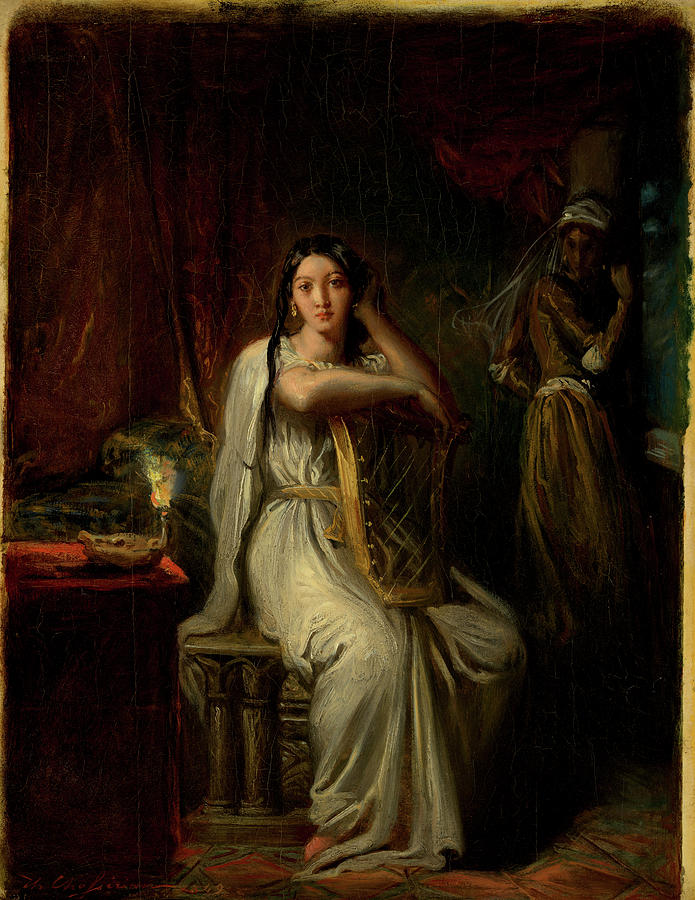
Théodore Chassériau 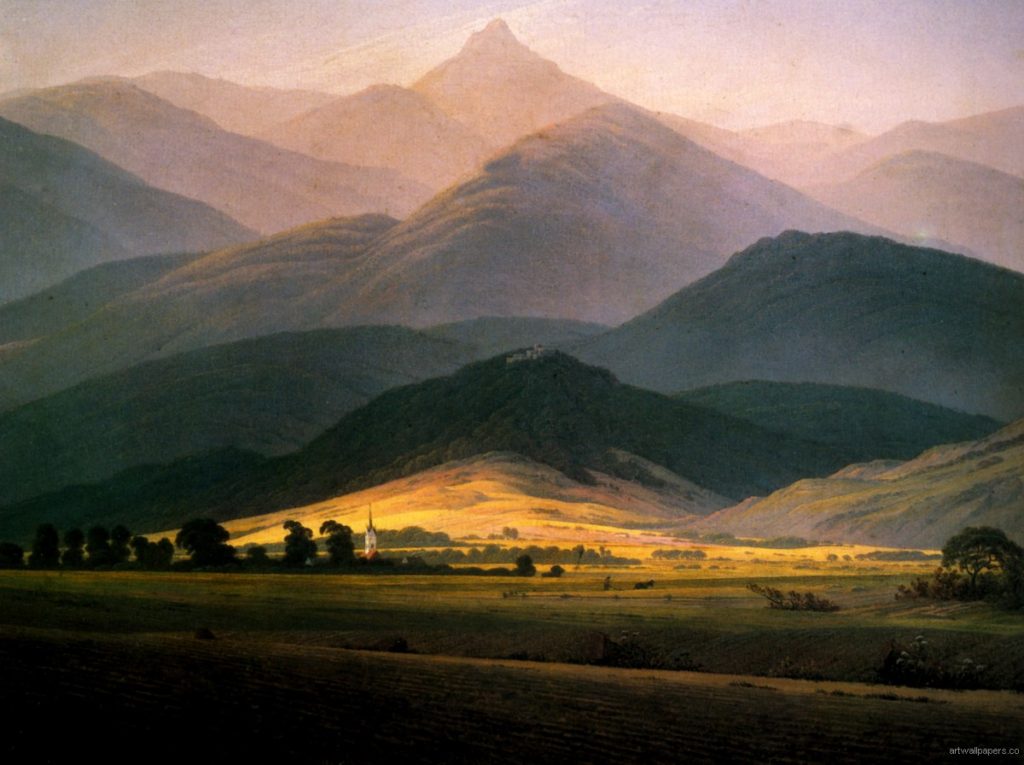
Caspar David Friedrich 
Horace Vernet 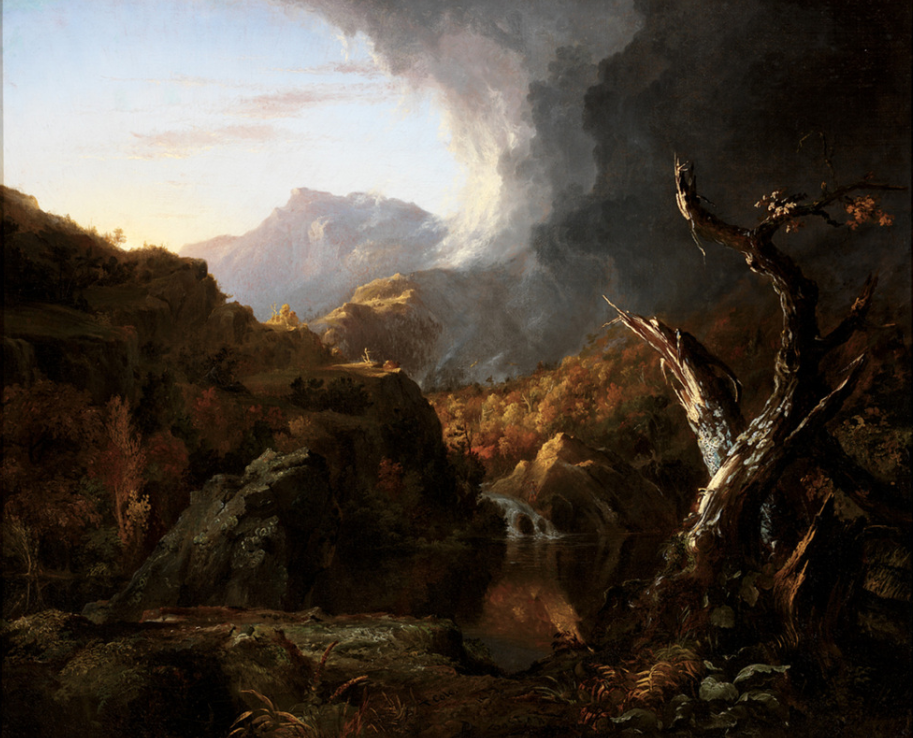
Thomas Cole
When looking at Romanticism in photography it is clear that artists are aiming to capture the dramatic emotions and atmosphere they feel when taking in their surroundings. For example, photographers such as Ansel Adams, Edward Weston and Fay Godwin capture awe inspiring images of tall mountains and winding paths to entrance the viewer into their romanticised setting. I aim to take influence from these photographer’s images and conduct a series of romanticised landscape photoshoots in specific areas around Jersey.
Romantic Landscape Mind Map
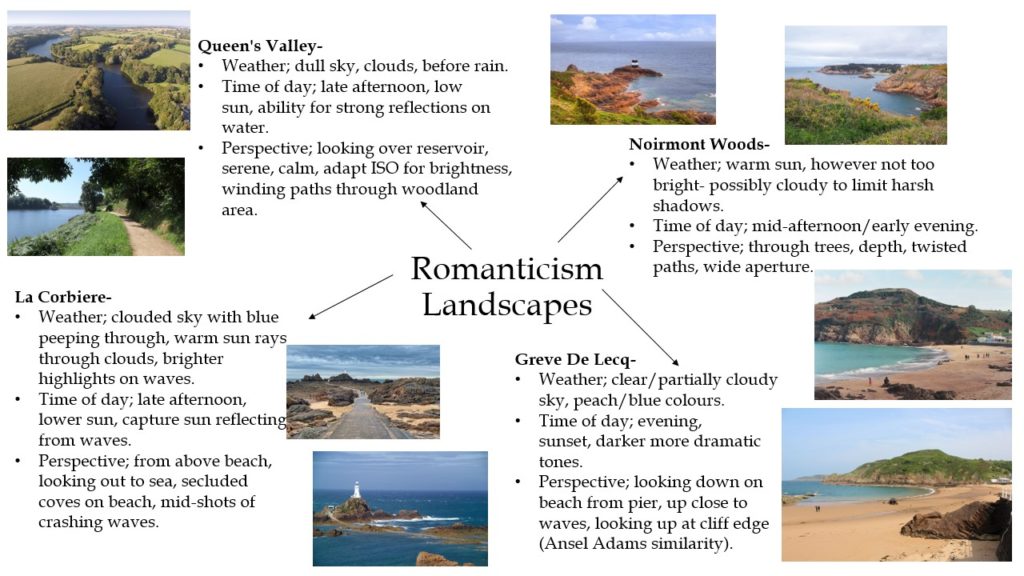

Excellent development, and well-structured!
More evidence of your own p[hoto shoots, selections and edits please!
Keep up the hard work!